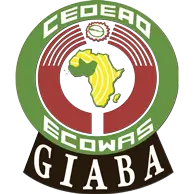The literature on counterfeiting and IP theft is fraught with a series of issues. First, there is no consensus on basic concepts and the definitions of the phenomenon. Thus, although counterfeiting is a widely used word, its usage in particular contexts has not been defined. National definitions, especially in relation to counterfeit drugs and medicines, vary considerably. Nonetheless, counterfeiting has been defined generally in relation to infringement on IP rights,
especially trademarks. The WTO defines it as “unauthorized representation of a registered trademark carried on goods identical or similar to goods for which trademark is registered, with a view to deceiving the purchaser into believing that he/she is buying the original goods.”39 This is similar to the definition provided in the WTO TRIPS Agreement, which defines “counterfeit trademark goods” as “any goods, including packaging, bearing without authorization a trademark which is identical to the trademark validly registered in respect of such goods, or which cannot be distinguished in its essential aspects from such a trademark, and which thereby infringes on the rights of the owner of the trademark in question under the law of the country of importation.” The OECD also a definition that highlight violation of trademarks.41 However, there are often terminological differences in the description of counterfeiting. For instance, counterfeiting is often used interchangeably with piracy – the unauthorized use of copyright-protected materials such as music, movies, books, and computer software.
February 2017
